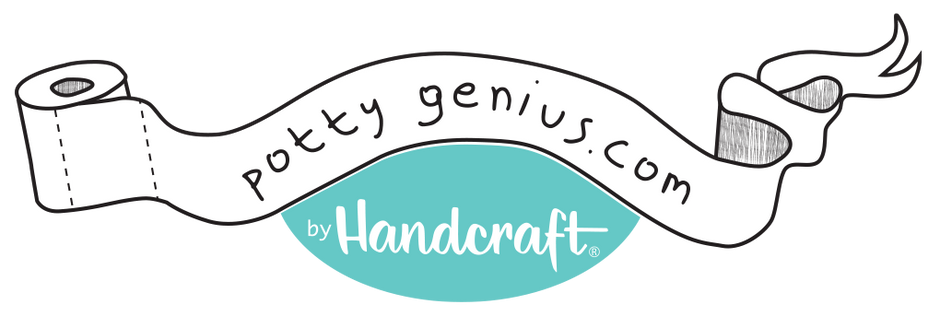Daytime potty training and nighttime potty training are as different as day and night—literally! While many toddlers can achieve daytime dryness at around 2 or 3 years of age, nighttime dryness takes considerably longer. Many children continue to require a pull-up at night well into the preschool years, at no fault of the child or parents. Nighttime potty training is more challenging as the toddler not only has to recognize the need to use the bathroom, but this need must arouse him enough to wake him from his sleep so he can get to the toilet. Nighttime dryness is more of a physiological milestone than a behavioral one, making nighttime potty training extra challenging.
10 Tips for Successful Nighttime Potty Training:
- Make sure your child is really ready. Because nighttime dryness is primarily a physical milestone, starting before your child is ready can do more harm than good. Make sure your child is consistently achieving daytime dryness before you even attempt nighttime training.
- Take your child to the bathroom a half hour before bedtime. Give your child ample opportunity to use the bathroom before he goes to bed. If his bladder is empty when he falls asleep, he’ll be less likely to have an accident later in the night.
- No drinks for at least an hour before bed: Keep your child hydrated throughout the day, but avoid giving drinks within an hour of bedtime. This will eliminate the need to go shortly after he has fallen asleep.
- Get a mattress cover and use disposable sheet liners or layer the bed in multiple sheets that you can change frequently. Nighttime accidents are going to happen, so prepare for them. Protect your mattress and use sheet liners or multiple layers so you can quickly get your child back into dry bedding in the middle of the night.
- Have plenty of dry sheets, underwear, and pajamas on hand. If spare clothing and bedding is readily accessible, it will be easier for you to change your child when you’re still half asleep.
- Teach your child to go to the bathroom anytime he wakes up in the night. This one can be tricky and will probably take some time. The goal is for your child to normalize using the bathroom at night. While you may lose a little sleep at first, you will benefit from teaching your child to wake you if he wakes up, so you can take him to use the potty. Eventually, you can teach him to go on his own without your assistance.
- Wake your child up before you go to bed and take him to the toilet. If your child’s bedtime is an hour or more before yours, consider waking your child back up before you go to bed and taking him to the bathroom.
- Wake the child early in the morning to go. Try not to let your child sleep in too long when you’re nighttime potty training, as this increases the chance of bedwetting. Instead, wake him early and take him straight to the bathroom. If he needs to go back to sleep for a nap a couple hours later, no problem!
- Give praise, not shame. It is important not to shame children for bedwetting. Nighttime dryness is a physiological milestone that children have little control over. Let them know it’s okay they had an accident, that it’s part of the learning process, and it will get better with time. Be sure to praise them for any nights they get through without an accident.
- Be patient. Nighttime potty training doesn’t happen overnight. Remain patient and gentle with your child. He’ll get it eventually.
Additional Potty Training Resources
How to Potty Train Your Child at Night
How to Successfully Nigth Time Potty Train in 5 Steps
